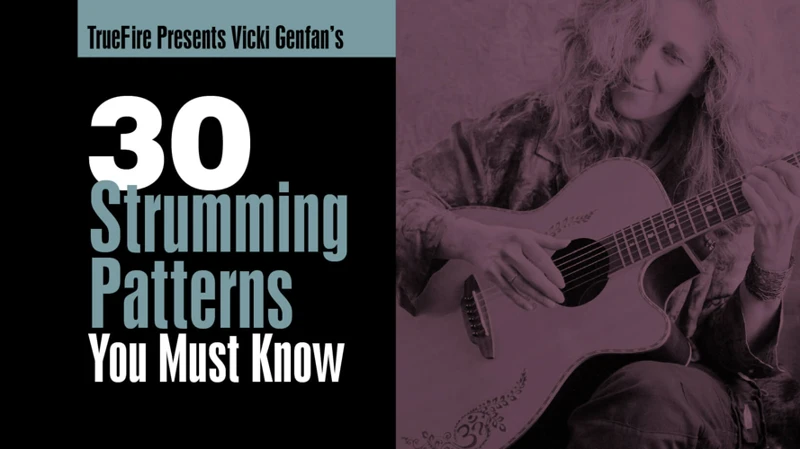Welcome to our latest blog post, where we delve into the world of alt bass strumming country guitar. If you’re a fan of country music, or if you’re simply looking to expand your guitar skills, then you’re in the right place. In this article, we’ll explore the history of alt bass strumming, the techniques involved, and some tips and tricks to help you master this unique style.
What is Alt Bass Strumming?
Alt bass strumming is a technique used in country guitar playing that involves alternating between bass notes and chords. The term “alt bass” refers to the alternating bass line that is created by plucking the low E string (or A string on a baritone guitar) on the first and third beats of a measure, while strumming chords on the second and fourth beats.
The History of Alt Bass Strumming
Alt bass strumming has its roots in country music, particularly in the Bakersfield sound that emerged in the 1950s and 1960s. This style of country music was characterized by a raw, stripped-down sound that featured electric guitar, drums, and stand-up bass. Alt bass strumming was a key component of this sound, providing a driving rhythm that propelled the music forward.
Techniques Involved in Alt Bass Strumming
To master alt bass strumming, there are a few key techniques that you’ll need to master. These include:
Alternating Bass Line
The alternating bass line is the foundation of alt bass strumming. This involves plucking the low E string (or A string on a baritone guitar) on the first and third beats of a measure, while letting the other strings ring out.
Chord Strumming
In addition to the alternating bass line, you’ll also need to be able to strum chords on the second and fourth beats of a measure. This involves using a down-up strumming pattern, where you strike all the strings on the downstroke and let them ring out on the upstroke.
Fingerpicking
While you can use a pick to play alt bass strumming, many guitarists prefer to use their fingers. This allows for greater control and precision when plucking the bass notes and strumming the chords.
Tips for Mastering Alt Bass Strumming
If you’re new to alt bass strumming, here are a few tips to help you get started:
Start Slow
Don’t try to rush into playing alt bass strumming at full speed. Start by practicing the alternating bass line and chord strumming separately, at a slow tempo. Once you’ve got those down, gradually increase the speed until you can play smoothly and accurately.
Use a Metronome
A metronome can be a valuable tool when practicing alt bass strumming. It will help you keep a consistent tempo and ensure that you’re hitting the bass notes and chords on the right beats.
Practice with a Backing Track
Once you’ve got the basic techniques down, try practicing with a backing track. This will help you get a feel for how alt bass strumming fits into a full arrangement and give you a chance to work on your timing and rhythm.
Songs That Feature Alt Bass Strumming
If you’re looking for some inspiration, here are a few songs that feature alt bass strumming:
Folsom Prison Blues by Johnny Cash
This classic country tune is a great example of alt bass strumming in action. The driving bass line and choppy chord strumming provide the perfect backdrop for Cash’s gravelly vocals.
Ring of Fire by Johnny Cash
Another classic from Johnny Cash, “Ring of Fire” features a memorable bass line and plenty of opportunities for alt bass strumming.
Blue Bayou by Roy Orbison
This soulful ballad features a lush, full arrangement that includes alt bass strumming. The bass line provides a solid foundation for the lush chord progressions and Orbison’s soaring vocals.
Looking to enhance your country guitar skills? Check out our articles on capo placement on acoustic guitar, country guitar strumming, guitar pedals for country music, prebend technique for country guitar solos, and pickup options for acoustic guitars in country music for valuable tips and techniques to take your playing to the next level!
Conclusion
Alt bass strumming is a unique and rewarding technique that can add depth and interest to your country guitar playing. By mastering the alternating bass line, chord strumming, and fingerpicking techniques involved, you’ll be well on your way to creating your own Bakersfield-style arrangements. So why not give it a try? With a little practice and patience, you’ll be strumming and plucking your way to country guitar greatness in no time.




